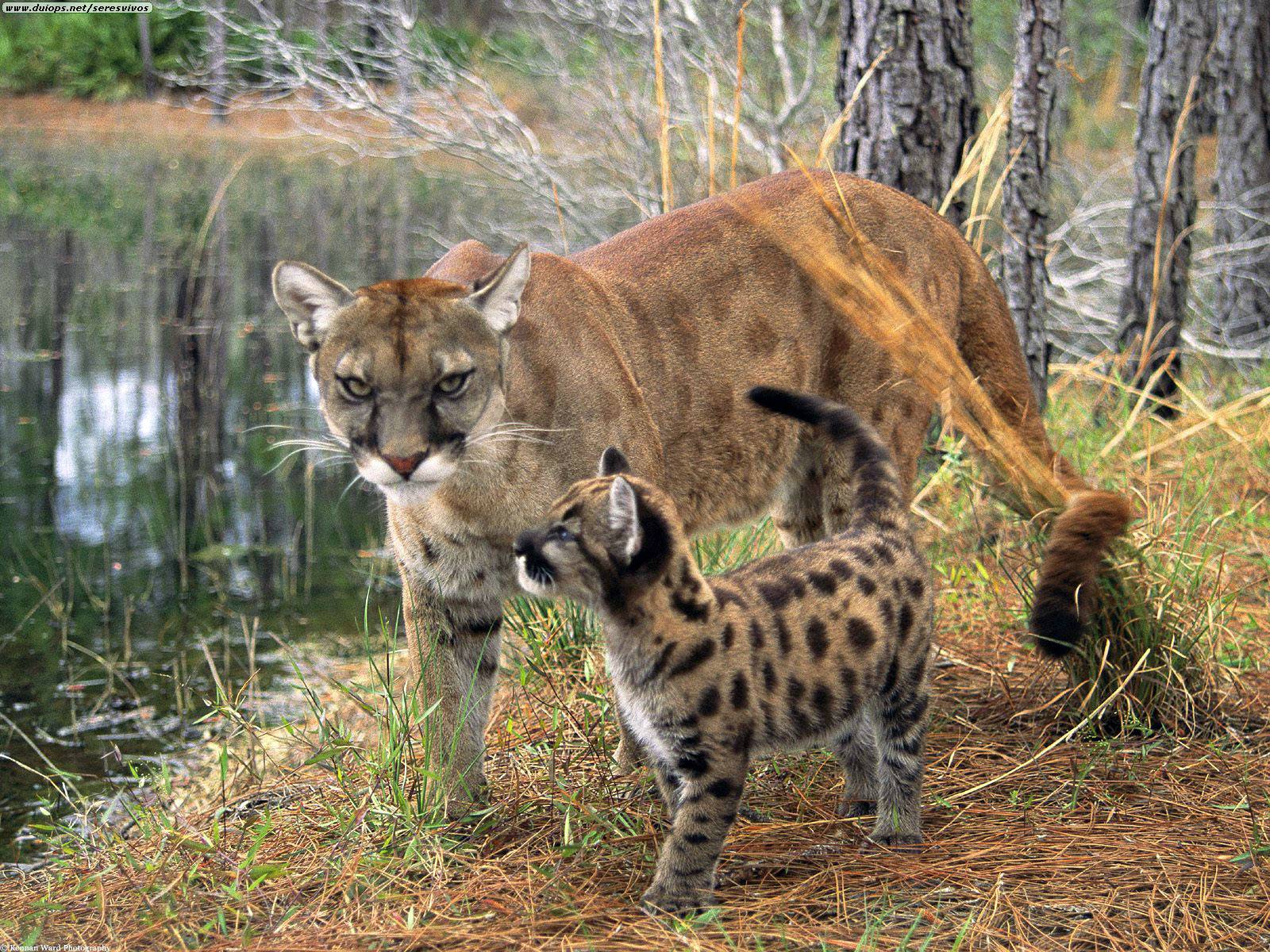
They’re the official state
animal, yet the Florida panther is one of the most endangered species on
Earth, with fewer than 180 of the big cats alive today. The breeding
population of Florida panthers now exists only on the southern tip of
the Sunshine State.
Noting the record number of panther deaths in 2015, U.S. Rep. Vern Buchanan of
the state’s 16th Congressional District says he’s calling on the U.S.
Fish and Wildlife Service to designate a “critical habitat” for the
endangered animal. Wildlife officials said last week a 1-year-old
Florida panther was killed by a vehicle, raising to 30 the number of
automobile-related deaths in 2015. Roadkills are the leading cause of
death for the animal.
“Each year, the Florida panther
population continues to shrink in size as more big cats are hit and
killed by cars because they lack a safe habitat,” Buchanan said in an
email. “Although these panthers are protected under the federal
Endangered Species Act, they face extinction because they have no
protected area to live and repopulate.”
This month Buchanan and several other Florida congressmen sent a letter to President Obama
requesting a safe habitat for the Florida panther. The letter
highlighted the need for a safe environment that would preserve valuable
environmental resources, such as wetlands, aquifer recharge areas, and
drinking water supplies.
“We should not stand by and do nothing as
yet another endangered species is wiped off the earth,” Buchanan said.
“We don’t get a second chance once a species becomes extinct.”
The panther was one of the original 14
mammals named to the endangered species list in 1967, but a critical
habitat has never been established, even though one is required by the
Endangered Species Act.
The Florida panther once roamed nearly
all of the Southeastern United States. However, avid hunters and
development whittled the species down to its endangered status. Under
the current federal panther recovery plan, there must be three separate
populations of 240 individuals before the animal can be removed from the
Endangered Species list.
No comments:
Post a Comment